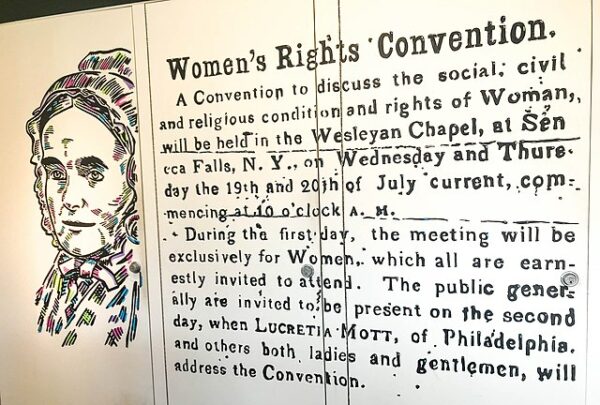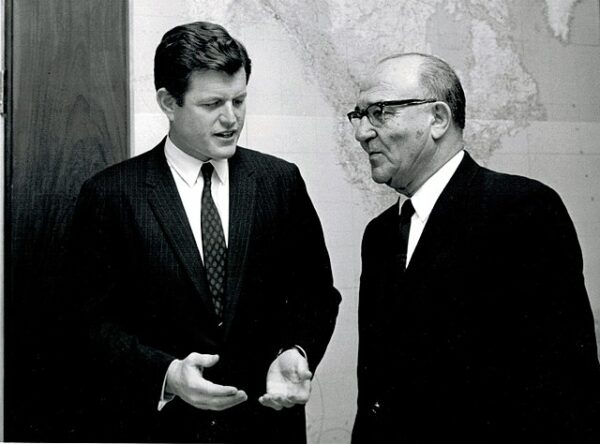On April 1, 2004, email changed forever. At the time, the landscape of electronic communication was dominated by established players like Yahoo Mail, Hotmail, and AOL Mail, all offering limited storage capacities and conventional folder-based organization systems.
Then came Gmail.
Google’s entry into the email arena was met with skepticism and curiosity. The announcement of Gmail came with a bold promise: each user would be provided with 1 gigabyte of storage space, an astronomical figure compared to the paltry allowances offered by competitors. Many initially dismissed this claim as an April Fools’ Day prank, given the date of the announcement, but Google’s reputation for innovation and disruption lent credibility to the endeavor.
The invitation-only beta phase, a strategy reminiscent of Google’s earlier product launches like Google Wave and Google+, added an aura of exclusivity to Gmail. Users clamored for invitations, and those lucky enough to receive them became early adopters of the service, eager to explore its features and capabilities.
Gmail’s key selling points upon launch were its groundbreaking approach to email organization and its robust search functionality. Unlike traditional email services, which relied on folders to categorize messages, Gmail introduced the concept of labels and threaded conversations. This innovative system allowed users to assign multiple labels to emails and view related messages as coherent threads, simplifying the process of email management and retrieval.
Moreover, Gmail leveraged Google’s expertise in search technology to deliver a powerful search feature that could quickly locate emails based on keywords, sender names, or other criteria. This made it easier for users to find specific messages in their increasingly crowded inboxes, further enhancing productivity and efficiency.
The minimalist design and intuitive interface of Gmail also contributed to its appeal. With features like keyboard shortcuts and customizable themes, users could tailor their email experience to suit their preferences and workflow.
Despite initial concerns about privacy and data storage, Gmail quickly gained traction among users drawn to its innovative features and generous storage capacity. As more people embraced the service, Google continued to refine and expand its capabilities, adding new features like integration with other Google services, spam filtering, and enhanced security measures on its way to becoming the most popular email service in the world.






